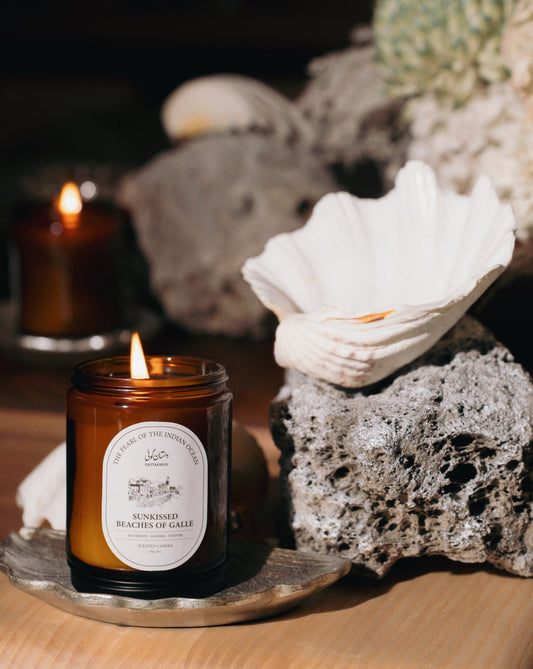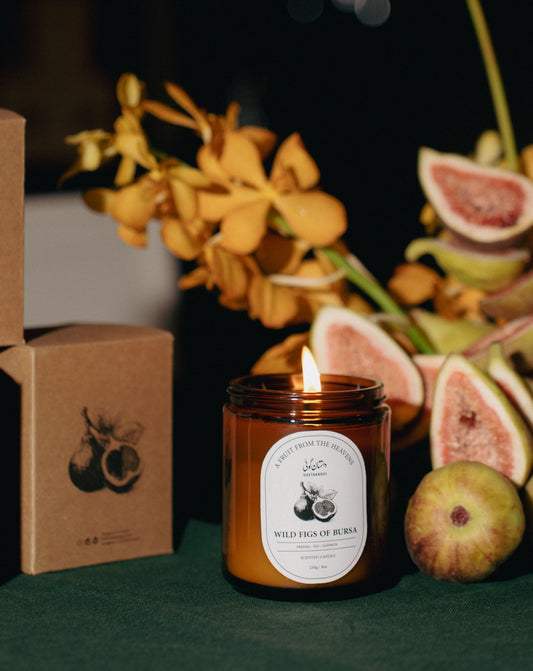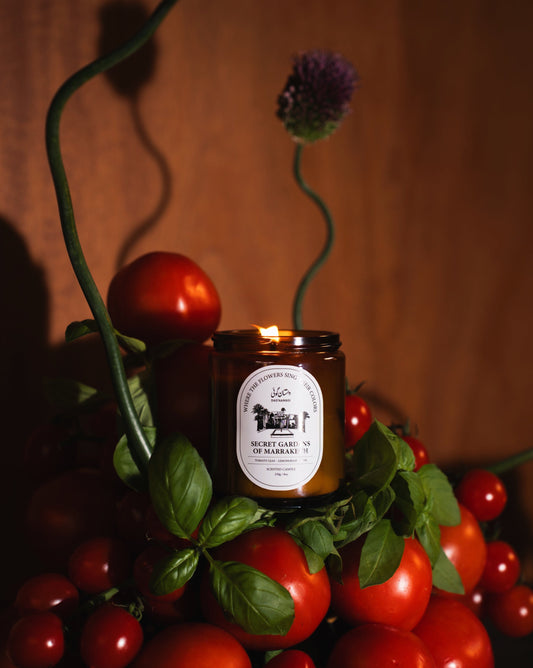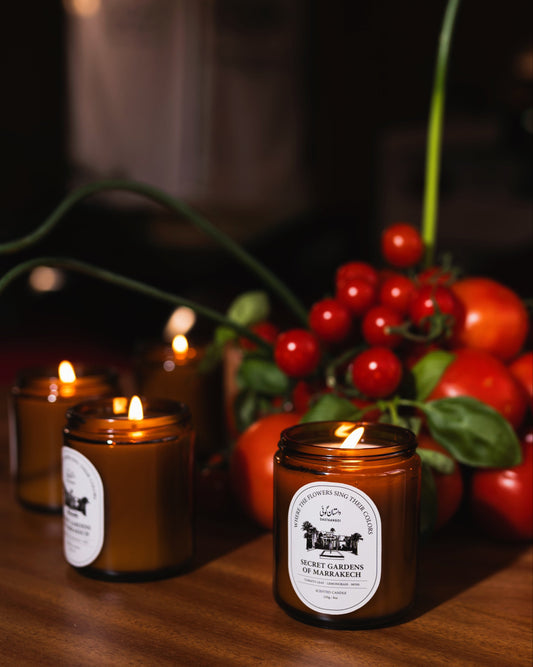Chikoo
06 Oct 2021
Sapodilla originates from tropical South America and was spread overseas by the Portuguese. The Portuguese established Sapodilla trees in South India, but it is uncertain when it arrived in Sindh. Some say it may have been introduced when Sindh was a part of the Bombay Presidency and it came with the immigrant Marhata Gujarati community, while others say that it was brought by Goa’s Portuguese Catholics, who established a church on Liari - present day Gulshan-e-Iqbal - in 1818, under license from Mir Karam Ali Khan Talpur, who granted them land and permission to establish a church to get Portuguese support for ammunition against the British in India. Post Independence it had been brought to Lower Sindh and Balochistan’s coastal regions.
Sapodilla, more popularly known as Chiku, is a soft, juicy, sweet fruit that comes in two varieties - the ball shaped and the egg shaped. The latter is sweeter, and therefore more preferred. Some of these varieties yield 150kg per tree per year, even in home gardens where they are often neglected. Under field conditions they can produce at least double this yield.
Chiku is a table fruit and is served as a dessert. It also flavours cold drinks, milk-shakes, confectionaries, cakes, jams, jellies, ice-cream and snacks. Chiku also provides raw material for the manufacture of industrial glucose and is often canned.
Sapodilla, more popularly known as Chiku, is a soft, juicy, sweet fruit that comes in two varieties - the ball shaped and the egg shaped. The latter is sweeter, and therefore more preferred. Some of these varieties yield 150kg per tree per year, even in home gardens where they are often neglected. Under field conditions they can produce at least double this yield.
Chiku is a table fruit and is served as a dessert. It also flavours cold drinks, milk-shakes, confectionaries, cakes, jams, jellies, ice-cream and snacks. Chiku also provides raw material for the manufacture of industrial glucose and is often canned.
Sample Image Gallery
930 x 520px
SPRING SUMMER LOOKBOOK
Sample Block Quote
Praesent vestibulum congue tellus at fringilla. Curabitur vitae semper sem, eu convallis est. Cras felis nunc commodo eu convallis vitae interdum non nisl. Maecenas ac est sit amet augue pharetra convallis.
Sample Paragraph Text
Praesent vestibulum congue tellus at fringilla. Curabitur vitae semper sem, eu convallis est. Cras felis nunc commodo eu convallis vitae interdum non nisl. Maecenas ac est sit amet augue pharetra convallis nec danos dui. Cras suscipit quam et turpis eleifend vitae malesuada magna congue. Damus id ullamcorper neque. Sed vitae mi a mi pretium aliquet ac sed elitos. Pellentesque nulla eros accumsan quis justo at tincidunt lobortis deli denimes, suspendisse vestibulum lectus in lectus volutpate.
Tags:







